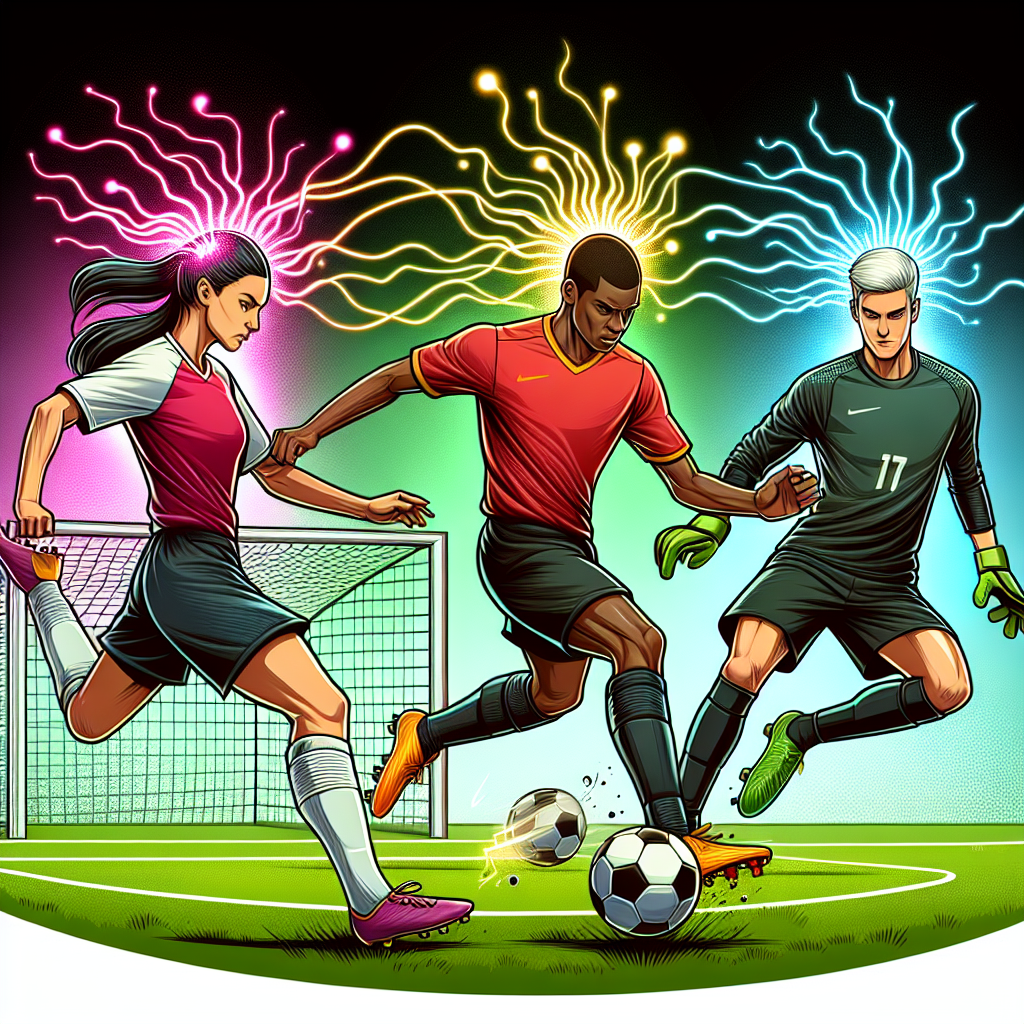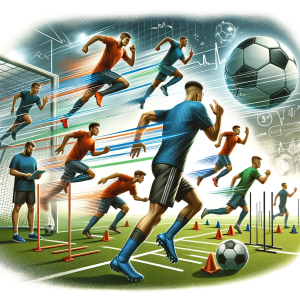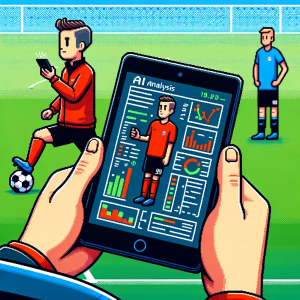
The Neuroscience of Soccer: How Brain Training Enhances Player Performance
In the dynamic world of soccer, where quick decisions and precise movements are crucial, neuroscience is carving its niche. Recent studies highlight how understanding the brain’s mechanisms can enhance player performance and protection against injuries. This week, we look at the science behind the brains of soccer players and how neuroscience is shaping the future of training.
Neuroscience Meets Soccer
Soccer is a game of quick reflexes, strategic thinking, and impeccable coordination. The brain plays a pivotal role in integrating these components seamlessly. Neuroscientists have found that certain areas of the brain, such as the cerebellum, are more developed in athletes due to repeated practice and experience.[1]
The Role of Neuroplasticity
Neuroplasticity, the brain’s ability to reorganize itself by forming new neural connections, is crucial in how soccer players improve their skills over time. Regular training and exposure to the sport’s demands lead to significant changes in the brain’s structure and function.
Mental Fatigue and Its Impact
Mental fatigue can impair a player’s decision-making and reaction times, illustrating the brain’s role in athletic output. Recent research highlights that managing mental energy is as critical as physical conditioning in high-stakes games.[2]
Brain Training Techniques
Cognitive Drills
Soccer clubs are increasingly integrating cognitive training into their routines. Exercises designed to enhance focus, memory, and decision-making have shown potential in bolstering on-field performance. These include video simulation and tactical board games that improve players’ strategic thinking and adaptability.
Virtual Reality (VR) Training
Virtual Reality provides an immersive training environment, allowing players to fine-tune their spatial awareness and decision-making skills in pressured scenarios. As highlighted by recent advancements in VR, this technology offers a controlled setting to simulate real-match pressures and responses.[3]
Protecting Players with Neuroscience
Injury Prevention
Understanding the brain’s response to impact and stress is key to developing better protective gear and strategies. Helmets equipped with sensors that monitor impact on the brain and provide real-time data can significantly reduce concussion risks.[4]
Mental Health Awareness
Recent studies emphasize the importance of addressing the mental health of players. Issues like anxiety and depression can affect performance and are often exacerbated by the pressures of competitive sports. Awareness campaigns and mental health support systems within teams are vital in promoting both physical and mental well-being.[5]
Conclusion
The intersection of neuroscience and soccer presents exciting possibilities for enhancing performance and player safety. As scientific understanding evolves, the incorporation of brain research into training regimens will likely become more prevalent, making the sport not only more competitive but also safer for the players. By prioritizing the brain’s health alongside physical abilities, the future of soccer transcends mere athleticism, evolving into a holistic sport prioritizing both physical and mental excellence.



